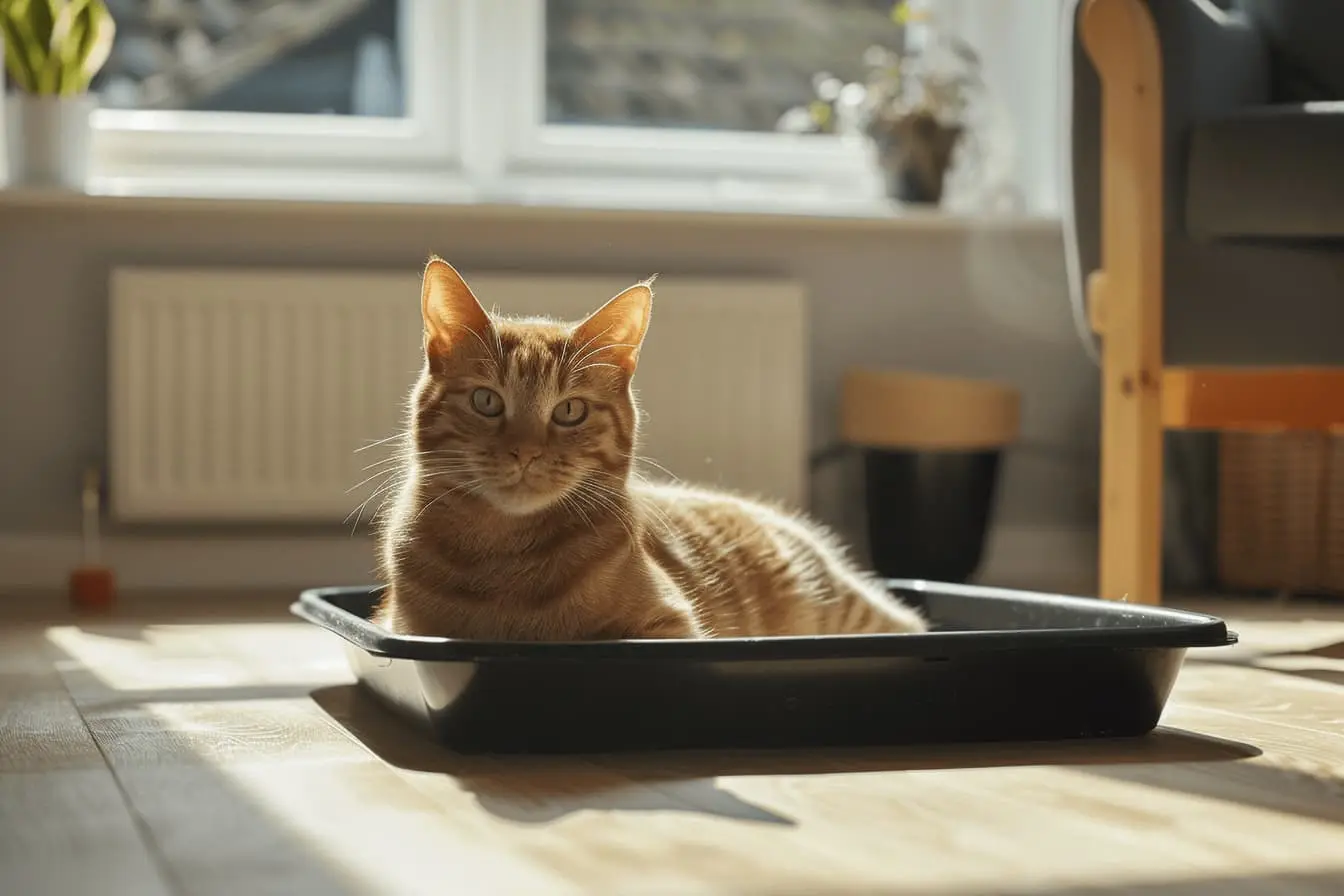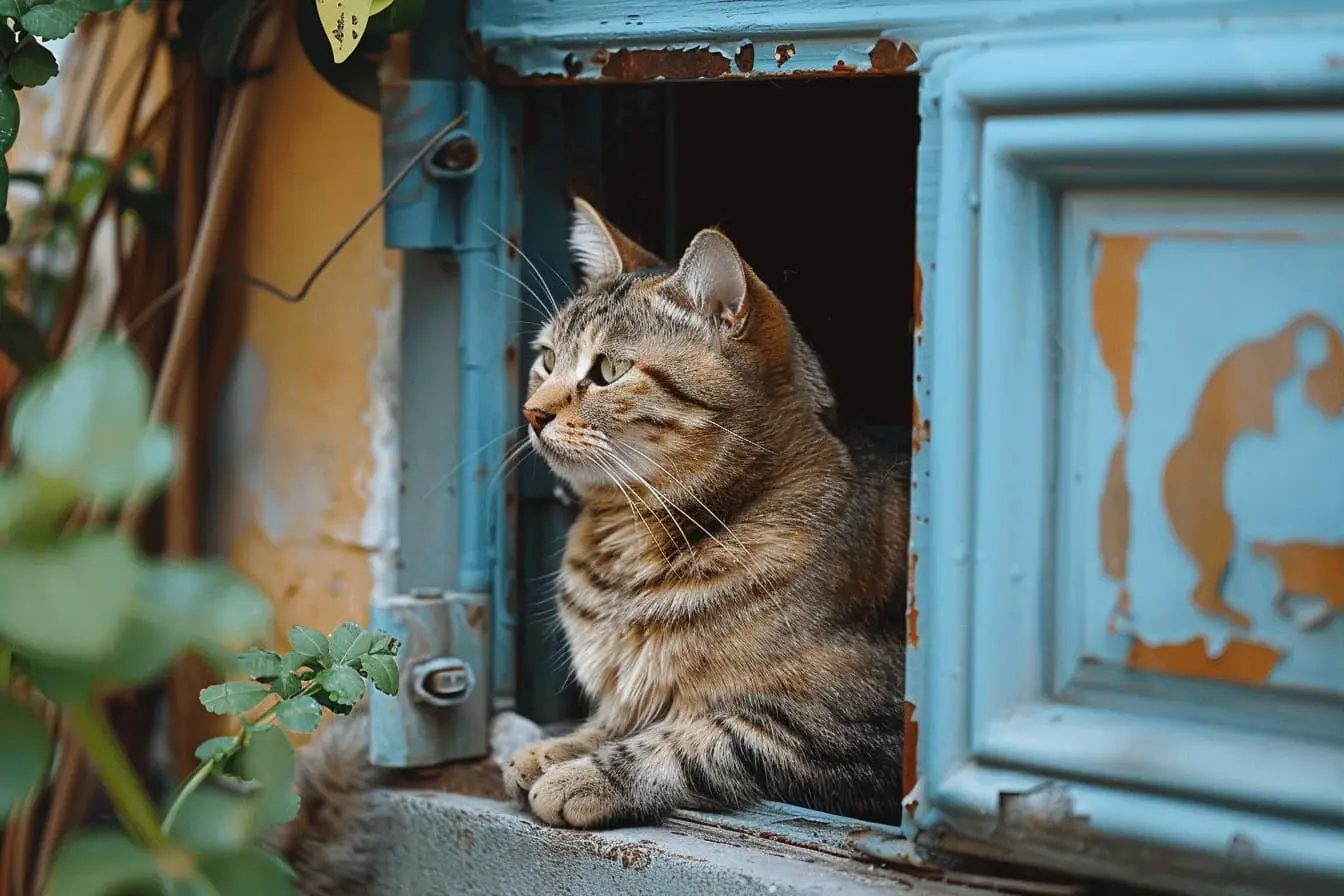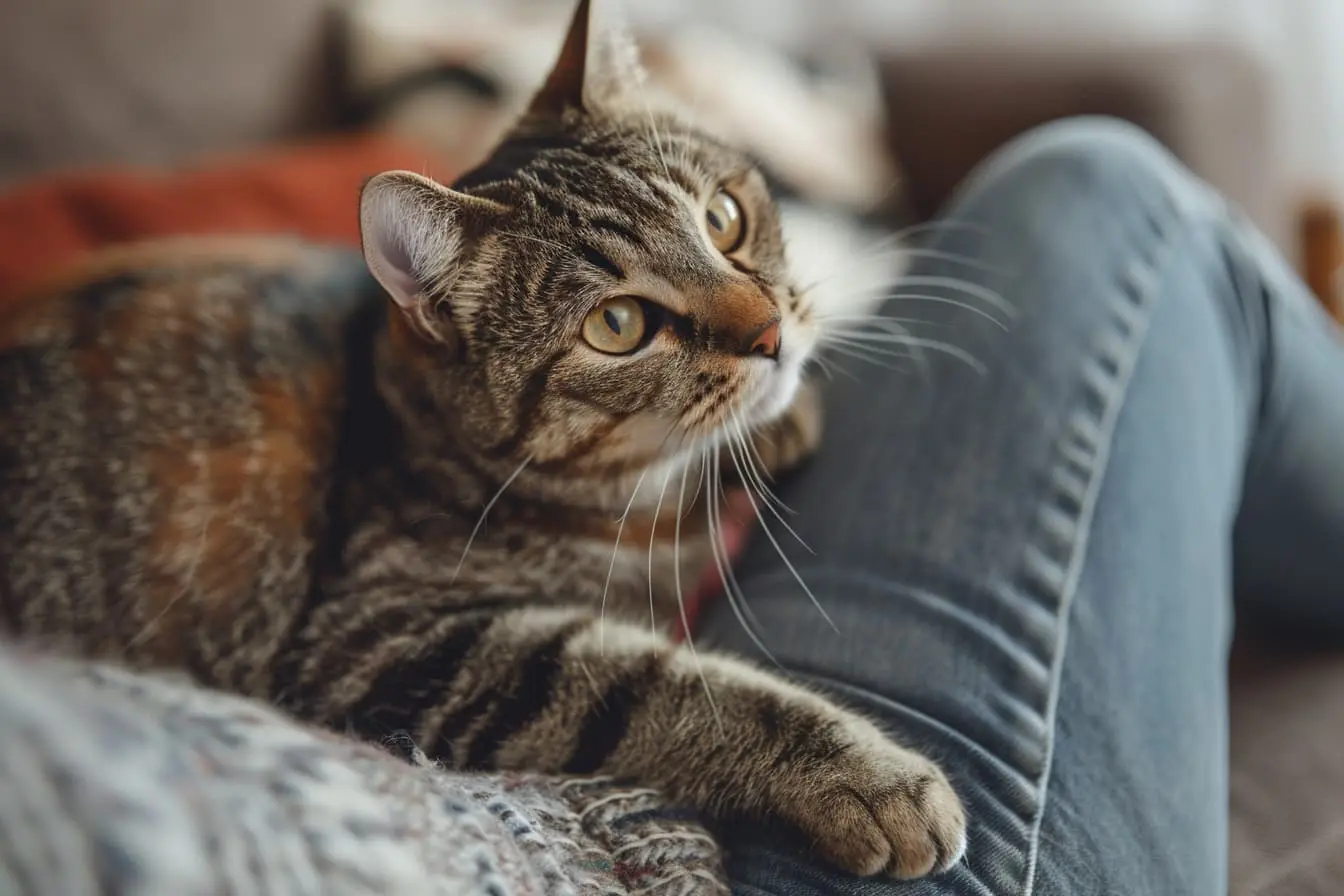
The Ultimate Guide to Litter Training Your New Cat or Kitten
Litter training your new cat or kitten is a pivotal step in ensuring a clean and comfortable environment for both you and your furry friend. Cats naturally seek out sandy or granular places to eliminate, making them relatively easy to litter train. However, for first-time cat owners or those needing a refresher, the process can seem daunting. This guide will walk you through what you'll need to purchase, considerations to keep in mind, and a step-by-step approach to litter training your cat efficiently.
What You’ll Need to Purchase
- Litter Box: The size of the litter box is important. It should be large enough for your cat to turn around, dig, and eliminate comfortably. If you have a kitten, make sure the sides are low enough for them to get in and out easily.
- Cat Litter: There are many types of cat litter available, including clumping, non-clumping, crystal, and natural. Kittens should start with non-clumping litter, as they might ingest clumping litter, which can be harmful.
- Litter Scoop: To keep the litter box clean, you’ll need a scoop to remove soiled litter.
- Litter Mat: Placing a mat under or around the litter box can help catch any litter that gets kicked out or stuck to your cat's paws.
- Cleaning Supplies: You'll need gentle, non-toxic cleaners for the litter box and any accidents around the house.
Considerations
- Location: Choose a quiet, low-traffic area for the litter box where your cat can have some privacy but is also easily accessible. Avoid placing it near their food and water.
- Number of Litter Boxes: The general rule is to have one more litter box than the number of cats in your home. This prevents competition and ensures cleanliness.
- Consistency: Once you’ve introduced your cat to the litter box, don’t move it. Consistency is key to reinforcing good habits.
Step-by-Step Litter Training
- Introduction: As soon as you bring your new cat or kitten home, introduce them to the litter box. Place them in the box and let them sniff and explore. Doing this several times a day can help them get comfortable with it.
- Recognition: Cats instinctively eliminate in sand or soil. Encourage your cat to recognise the litter by gently placing them in the box after meals, naps, and play sessions. Most cats will naturally start to dig.
- Positive Reinforcement: Whenever your cat uses the litter box correctly, offer them praise, petting, or a small treat. Positive reinforcement can help reinforce good behaviour.
- Accident Handling: If your cat has an accident outside the litter box, do not scold them. Clean up the area thoroughly to remove the scent and quietly place them in the litter box to remind them of the correct place to go.
- Maintenance: Keep the litter box clean by scooping out waste daily and changing the litter regularly. A clean litter box is more inviting to a cat.
Troubleshooting
- Avoidance: If your cat is avoiding the litter box, it could be due to its location, the type of litter used, cleanliness, or medical issues. Experiment with different setups to see what works best for your cat.
- Digging and Kicking: Some cats enjoy digging and kicking litter out of the box. A box with higher sides or a covered litter box might help contain the mess.
Litter training is usually a smooth process for both kittens and adult cats. Patience, consistency, and positive reinforcement are key. Remember, if you encounter persistent issues or suspect a medical problem is at play, consult your veterinarian. With a little time and effort, your new feline family member will be using their litter box like a pro.
Vets near you
Speciality vets
- Aquatics vet specialists
- Birds vet specialists
- Camelids vet specialists
- Cats vet specialists
- Cattle vet specialists
- Deer vet specialists
- Dogs vet specialists
- Equines vet specialists
- Exotic vet specialists
- Goats vet specialists
- Pigs vet specialists
- Poultry vet specialists
- Sheep vet specialists
- Small Mammals vet specialists
- Wild vet specialists



